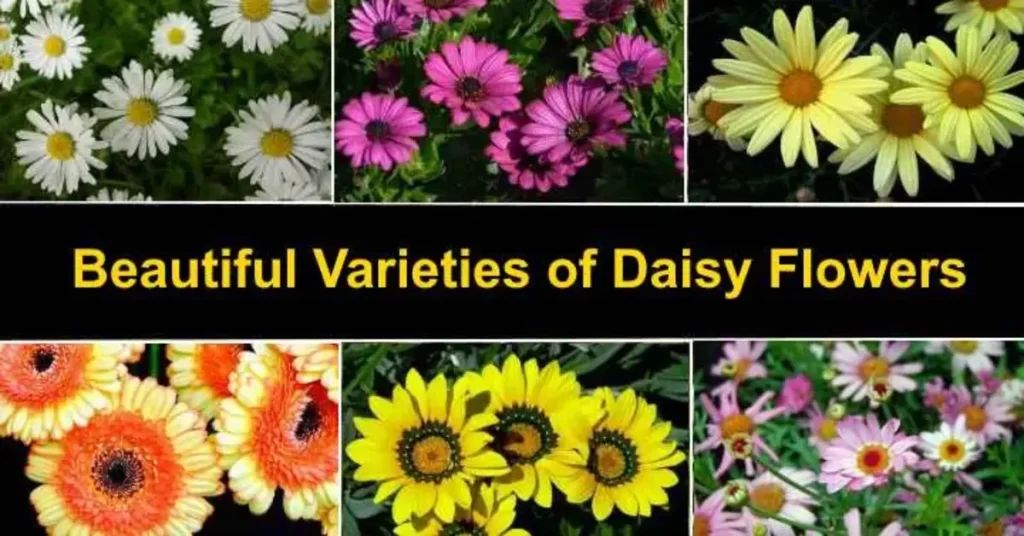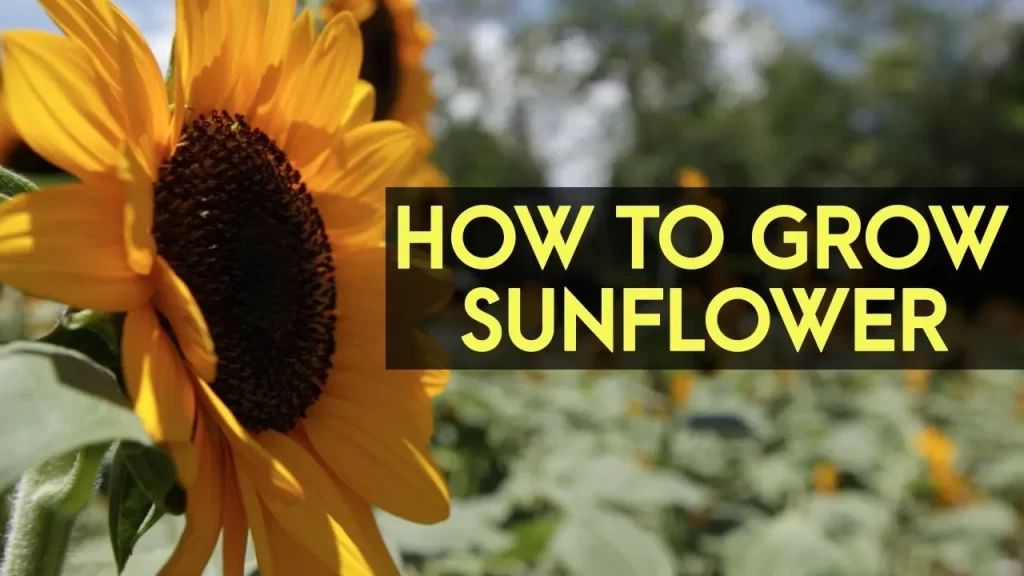How to Grow Stuff: A Beginner’s Guide to Gardening

Gardening is an enduring and rewarding activity that connects us to nature, improves our well-being and adds life to our environment. It doesn’t matter if you’re planning to plant plants, flowers or even vegetable gardens, this manual has been created to help beginners start gardening with confidence and success. From assessing your garden to selecting the appropriate plants, this step by step guide will provide everything you need to cultivate your own personal green space.
Why Gardening is a Great Choice
Gardening has many benefits that go in addition to beautifying your home. It helps relax, encourages physical exercise, and may even cut down on grocery costs. Planting your own gardens enhances your appreciation for nature and helps to promote sustainable living.

Step 1: Understand Your Space
Before you plant anything, become acquainted with your surroundings.
Sunlight Exposure
- Full sun: More than six hours of straight sunlight each day, which is ideal for most vegetables and flowers.
- Partially shaded sun: About three to six hours sun ideal for leafy greens and herbs.
- Full Shade; Less then three hours sunshine is ideal for ferns and certain ornamentals.
Indoor vs Outdoor
- The outdoor garden provides more sunlight and space, however it requires consideration of weather conditions and protection from bugs.
- Gardening indoors is ideal for small apartments or with limited space. Think about the use of grow lights when there isn’t enough natural light.
Soil Quality
- Use well-draining, nutrient-rich soil. If you want to plant in pots, select a high-quality potting mix.
- Conduct a soil test to assess the pH and nutrient levels when planting directly in the soil.
Step 2: Choose the Right Plants
Start with plants that are easy to cultivate to establish confidence. Pick based on the location, climate and the purpose (aesthetic culinary or environmental).
Best Plants for Beginners
- Marigolds
- Petunias
- Zinnias
Herbs:
- Basil
- Mint
- Parsley
Vegetables:
- Lettuce
- Radishes
- Cherry tomatoes
Houseplants:
- Snake plant
- Flax plant
- Spider plant

Step 3: Gather Essential Tools
Make sure you invest in a few basic tools. It is not necessary to have a costly set to start with.
- Trowel for digging
- Hand fork to loosen soil
- Pruners to trim
- Gloves to protect your hands
- The watering hose or canister with a soft spray nozzle
Step 4: Prepare the Soil or Containers
A healthy soil is the basis of a healthy garden.
- In-ground gardens must be cleared of dirt and weeds. Mix compost with organic matter to improve the fertility.
- Raised beds give more drainage and less weeds. Fill the beds with a mix of compost and topsoil.
- Containers need to have drainage holes, and be filled with pots of potting mix. Make sure the pots are suitable for the size of your plant.
Step 5: Planting
Check seed packets and plant labels for information. Be aware of spacing and depth, as well as the requirements for watering.
- Direct Sowing: Seeds can be planted directly in the soil. Perfect for growing fast-growing vegetables as well as flowers.
- Transplanting: Buy tiny plants or start seeds indoors prior to moving them outdoors.
Step 6: Watering and Feeding
Consistency is essential. Many plants like moist, but not soggy soil.
- Water in the morning hours or in the late afternoon.
- Examine the soil’s moisture by putting your finger around an inch in.
- Make use of organic fertilisers and compost every couple of weeks throughout your growing period.
Step 7: Maintenance
Maintaining your plants takes more than just watering.
- Weeding: Get rid of weeds frequently to avoid competition for nutrients.
- Pruning: Cut off dead or overgrown areas to promote healthy growth.
- Mulching: Spread a mulch layer around plants to keep moisture in and deter the number of weeds.
Step 8: Be safe against Pests and Diseases
Be on the lookout to look for indications of problems, such as holes, discoloured leaves or the growth being stunted.
- Utilise natural remedies like Neem oil or insecticidal soap.
- Encourage beneficial insects like ladybugs.
- Get rid of affected leaves or isolate affected plants.
Step 9: Harvest and Enjoy
If you’re growing your own herbs or vegetables, take a regular harvest to encourage greater production. Flowers can be cut and then placed in vases making your home more inviting or to be given as thoughtful presents.
Step 10: Keep Learning
Gardening is a process. Experience by observation, experimentation, and observation.
- Learn about gardening from books or read reliable blogs.
- Join local gardening clubs or join online forums.
- Keep a garden journal to keep track of the progress of your garden and discover the best practices for your surroundings.
Final Thoughts
Gardening is an art as well as a science. Begin small, be consistent, and enjoy your process of giving your garden from seed to blossom. At Morning Flowers, we believe that cultivating your own plants adds pleasure, beauty and tranquillity to any area. No matter if you’re planting an outdoor window box or planning your entire garden, every plant you cultivate will bring a touch of life to the surroundings.




